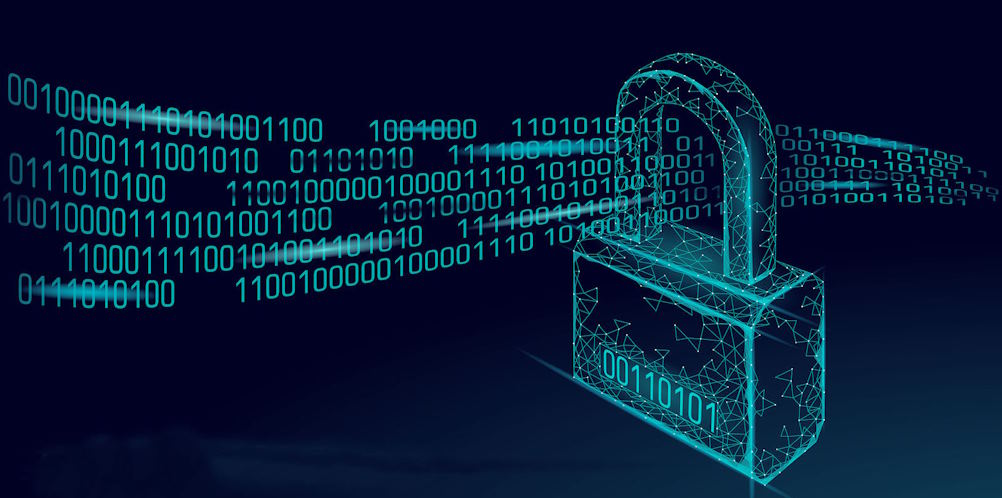In today’s interconnected digital landscape, where data breaches and cyberattacks have become all too common, the need for robust security measures has never been more critical. Public Key Infrastructure (PKI) stands as one of the cornerstones of modern digital security, offering a powerful framework for establishing trust, authenticity, and confidentiality in online communications and transactions. By understanding the principles of PKI and its real-world implementations, we can navigate the complex realm of digital security with greater confidence and ensure the protection of sensitive information in an increasingly interconnected world.
How Public Key Infrastructure Works
Public Key Infrastructure (PKI) serves as a cryptographic framework that underpins secure digital communication and transactions. Its functionality rests on three key pillars: digital signatures, encryption and decryption, and certificate revocation.
Digital Signatures
- Ensuring Data Integrity: Digital signatures provide a mechanism to verify that data has not been altered during transmission. When a sender digitally signs a message or document, their private key generates a unique signature that is attached to the data. Upon receipt, the recipient uses the sender’s public key to verify the signature’s authenticity. If the data has been tampered with in transit, the signature verification will fail, alerting both parties to a potential breach.
- Verifying Sender Authenticity: Digital signatures also establish the authenticity of the sender. As each individual possesses a unique private key, the signature serves as a form of digital identification. This process ensures that the sender is who they claim to be, preventing unauthorized entities from impersonating legitimate senders.

Encryption and Decryption
- Securing Data in Transit: Encryption is the cornerstone of data protection during transmission. The sender uses the recipient’s public key to encrypt the data before sending it. Only the recipient’s corresponding private key can decrypt and access the original data. This process ensures that even if intercepted, the intercepted data remains unintelligible to unauthorized parties.
- Preventing Unauthorized Access: Encryption safeguards data from unauthorized access, even if attackers manage to intercept it. Since only the intended recipient holds the private key necessary for decryption, the risk of data exposure due to breaches or interceptions is significantly reduced.
Certificate Revocation
- Reasons for Revocation: Certificates might need to be revoked due to compromised keys, expiration, or changes in organizational structure. Revocation is crucial to maintaining the trust and security of the PKI system.
- CRLs and OCSP: Certificate Revocation Lists (CRLs) and Online Certificate Status Protocol (OCSP) are mechanisms to check the current status of certificates. CRLs are lists published by Certificate Authorities (CAs) that contain revoked certificate information, while OCSP provides real-time certificate verification.
Applications of Public Key Infrastructure
Public Key Infrastructure (PKI) isn’t just a theoretical concept; it’s a crucial technology with a wide range of practical applications that enhance digital security across various domains.
Secure Web Communication
- HTTPS and SSL/TLS Certificates: PKI plays a pivotal role in enabling secure web communication through HTTPS and SSL/TLS certificates. These certificates encrypt data exchanged between a user’s browser and a web server, ensuring that sensitive information like passwords and credit card details remain confidential.
- Preventing Man-in-the-Middle Attacks: By verifying the authenticity of websites using SSL/TLS certificates, PKI helps prevent man-in-the-middle attacks, where malicious actors intercept and manipulate communication between two parties without their knowledge.
Email Security
- S/MIME for Email Encryption and Authentication: PKI empowers email security through S/MIME (Secure/Multipurpose Internet Mail Extensions) certificates. These certificates enable email encryption, safeguarding the contents of messages from unauthorized access. S/MIME also authenticates email senders, preventing spoofing.
- Protecting Against Phishing: With PKI, digital signatures ensure that emails come from legitimate senders, reducing the risk of phishing attacks. Recipients can verify the sender’s authenticity and detect potentially harmful messages.

Code and Software Signing
- Verifying Software Integrity: PKI assists in verifying the integrity of software and code through code signing certificates. Developers sign their code to prove that it hasn’t been tampered with, assuring users that they’re installing authentic and safe software.
- Building User Trust: By associating software with a trusted digital signature, PKI builds user trust. Users are more likely to install applications and updates that are signed, knowing they’re from legitimate sources.
VPNs and Network Security
- Establishing Secure Connections: Virtual Private Networks (VPNs) rely on PKI to establish secure and encrypted connections between remote users and corporate networks, safeguarding data transmission from potential breaches.
- Enabling Remote Work: In the era of remote work, PKI-backed VPNs enable employees to access company resources securely from remote locations, maintaining the confidentiality of sensitive corporate data.
IoT (Internet of Things) Security
- Device Authentication and Data Protection: PKI ensures the security of IoT devices by enabling device authentication through digital certificates. This prevents unauthorized devices from accessing sensitive networks and data.
- Ensuring Safe Interactions: With PKI, IoT devices can encrypt and protect the data they exchange, ensuring that interactions between devices are secure and private.